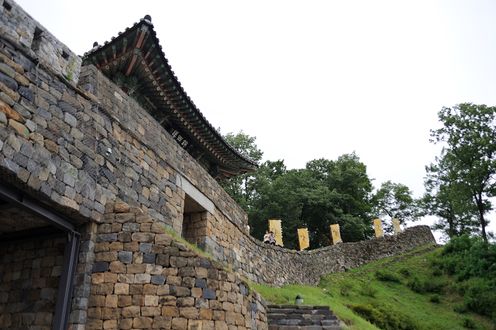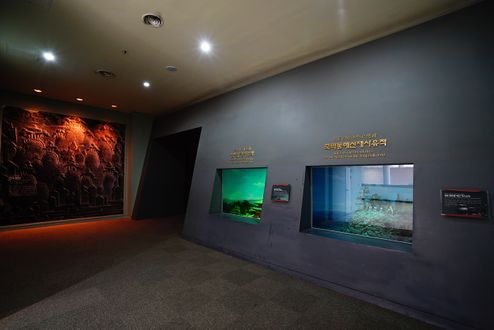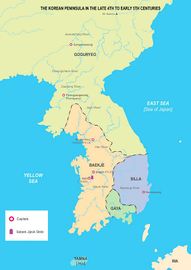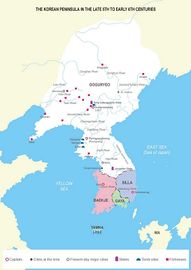The Prosperity of a Maritime Kingdom - Baekje
Baekje was one of the Three Kingdoms of Korea (along with Goguryeo and Silla). It was founded in 18 BCE by King Onjo in the present-day Seoul area in what was the Mahan Confederacy. Until the 4th century, Baekje slowly gained territory around the Hangang River basin, in present-day Seoul, Incheon and Gyeonggi-do Province. Then, by the late 4th century, it had consolidated the city-states in the Mahan Confederacy, covering the entirety of the southwest half of the peninsula - even extending nearly to present-day Pyeongyang at its height in 375. In 475, Baekje lost the area around the Hangang River basin to Goguryeo. During the 6th and 7th centuries, it lost and gained territory in conflict with Silla. In 660, Baekje became a protectorate of Tang China through a Silla-Tang alliance. The defeated Baekje territory was fully taken over by Silla in 672.
Baekje is known to have been a strong maritime kingdom and engaged in extensive exchange with Yamato Japan, bringing to it knowledge of the Chinese writing system, Buddhism (Baekje’s official religion), and various technologies. Today, Baekje relics can be seen across the Seoul, Gyeonggi-do, Chungcheongnam-do, and Jeollabuk-do areas, including the UNESCO Baekje Historic Areas which include various royal tombs, fortresses, and Buddhist temples. Baekje’s most iconic cultural heritages include the Gilt-bronze Incense Burner of Baekje[1], Crowns of Baekje[2] and various gold earrings and other accessories found at the tomb of King Muryeong[3]. Baekje earthen fortresses such as Mongchontoseong and Pungnaptoseong, can also be found in Seoul.






